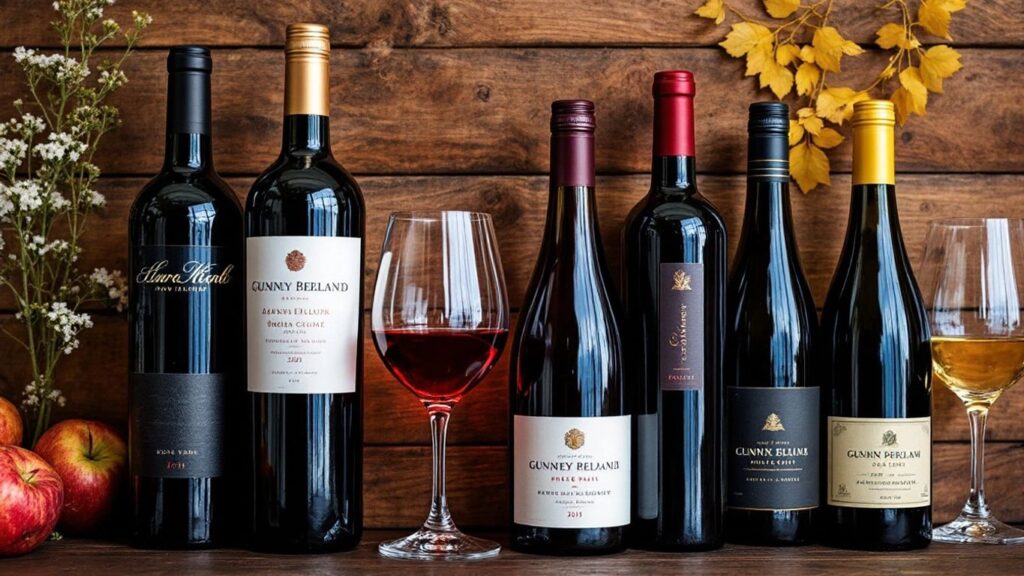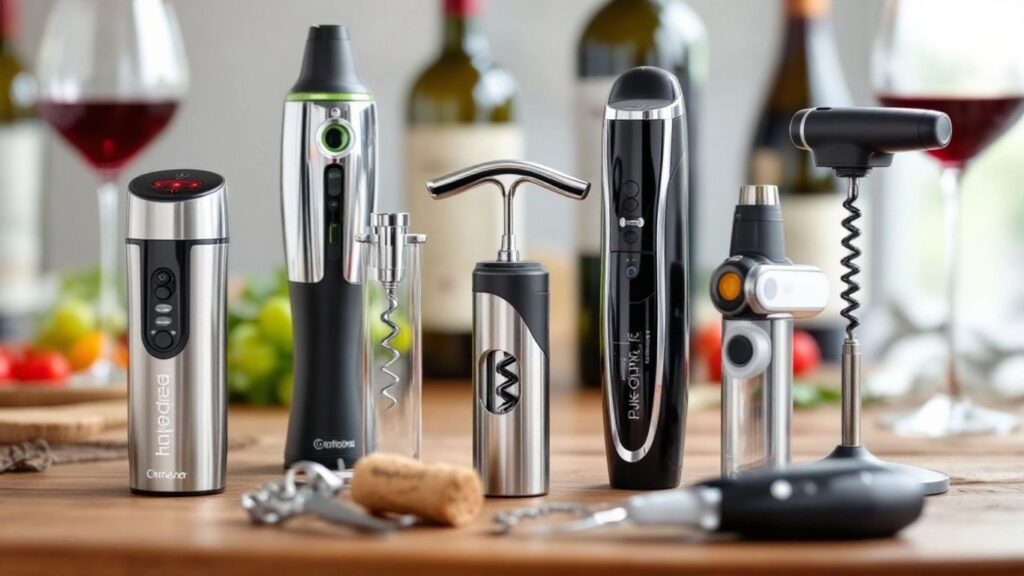Wine has become a global industry with many brands vying for market share. From champagne to reds and whites, wine companies compete to win over consumers’ taste buds and wallets.
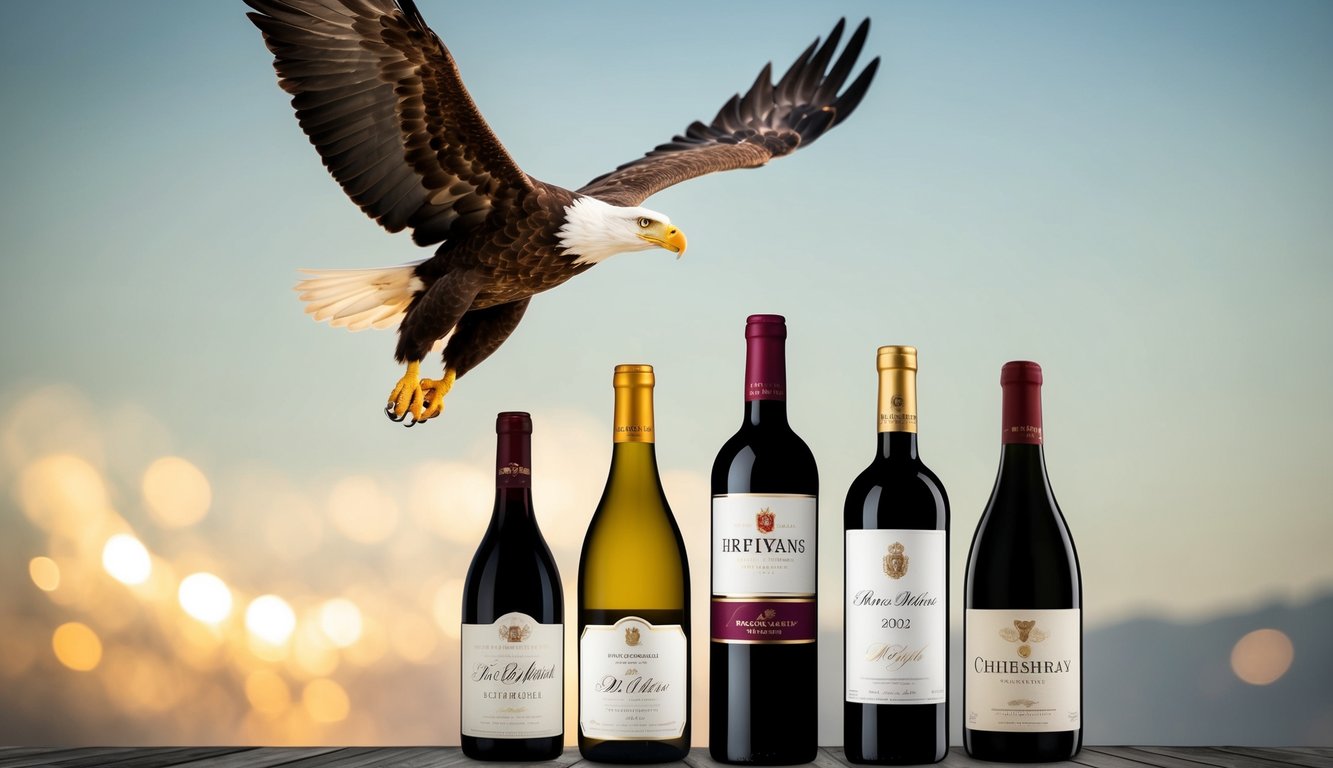
The top 5 wine brands dominating the market have set themselves apart through quality, marketing, and distribution. These leading companies have built strong reputations and loyal customer bases. Their success offers insights into what it takes to thrive in the competitive wine business today.
1) Dom Perignon
Dom Perignon is a legendary champagne brand that has dominated the wine market for decades. You’ll find it’s one of the most valuable wine brands globally, consistently ranking among the top performers.
This prestigious label is known for its exceptional quality and limited vintage releases. When you invest in Dom Perignon, you’re getting a product with remarkable appreciation potential.
The brand’s prices have risen by an average of 90% in the last decade, showcasing its strong market position. Dom Perignon’s popularity extends beyond collectors to casual drinkers and investors alike.
Dom Perignon also frequently appears on lists of top traded wines. Its consistent performance makes it a cornerstone of many wine investment portfolios.
The brand’s recent 2015 vintage release has further cemented its status in the market. When you’re looking for a champagne that combines prestige, quality, and investment potential, Dom Perignon should be at the top of your list.
2) Penfolds Grange
Penfolds Grange is a legendary Australian wine that has captured the hearts of wine enthusiasts worldwide. You’ll find this iconic brand at the top of many wine lists.
Grange is known for its rich, full-bodied flavor and impressive aging potential. The wine boasts a nose of ripe plum aromas and vanilla oak, with a robust taste that evolves over time.
In 1995, Penfolds Grange achieved a significant milestone. It became the first wine outside France or California to be named “Wine of the Year” by Wine Spectator magazine. This recognition solidified its status as a world-class wine.
You can expect Grange to age beautifully. The best vintages can be enjoyed up to 50 years after their release. For peak drinking, aim for 15 to 25 years after the vintage date.
Penfolds offers more than just Grange. You’ll find a range of exceptional wines in their collection, including the rare Bin 170 Kalimna Shiraz. Each bottle showcases the brand’s commitment to quality and tradition.
When you invest in Penfolds Grange, you’re not just buying wine. You’re acquiring a piece of Australian winemaking history that continues to impress critics and collectors alike.
3) Chateau Margaux
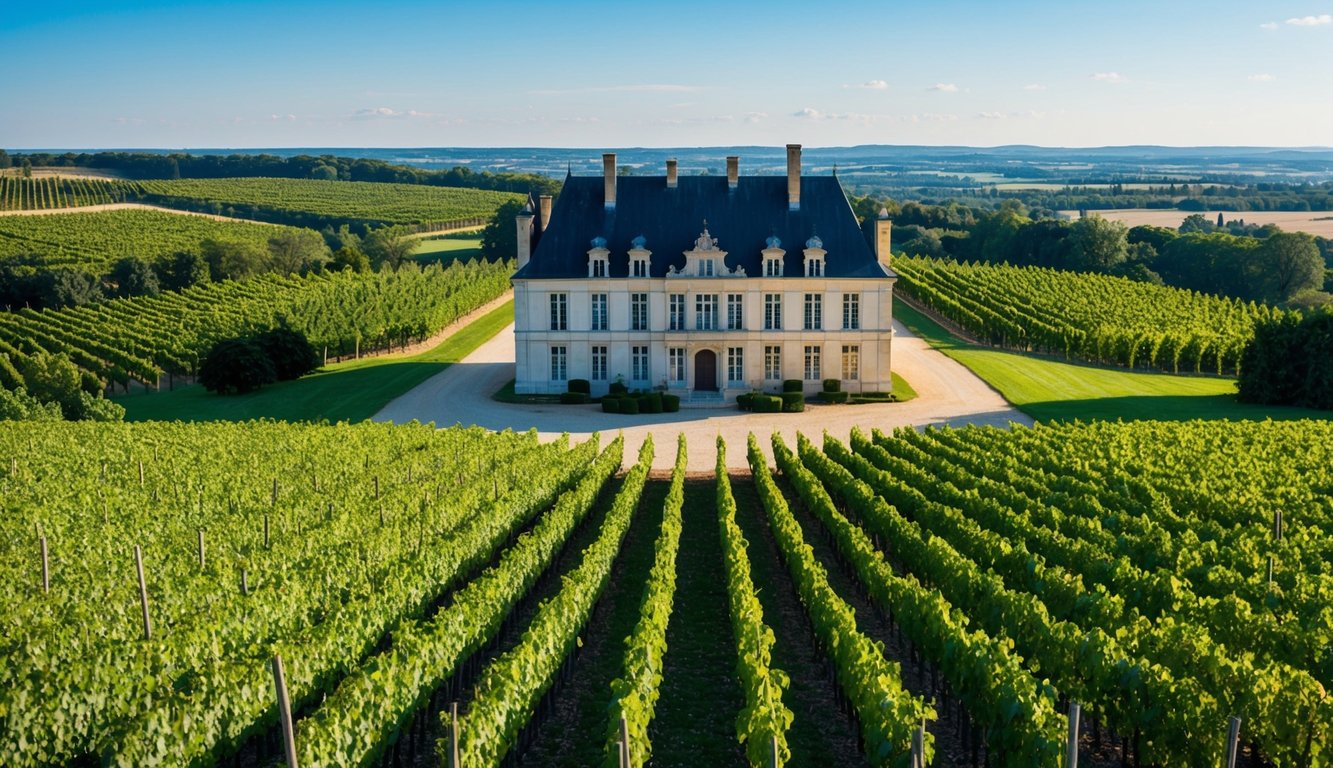
Chateau Margaux is a legendary wine brand that stands out in the market. You’ll find this prestigious estate in the Bordeaux region of France, known for producing some of the world’s finest wines.
The Chateau Margaux name carries immense weight in the wine world. Its wines consistently rank among the top Bordeaux Margaux offerings, earning high ratings from critics and enthusiasts alike.
When you taste Chateau Margaux, you’re experiencing centuries of winemaking tradition. The estate dates back to the 16th century and has perfected its craft over generations.
Quality is paramount at Chateau Margaux. The brand’s flagship wine, simply called Chateau Margaux, is a red blend that showcases the best of the region’s terroir.
Chateau Margaux wines are highly sought after by collectors. The 2015 vintage is particularly noteworthy, considered by many to be the finest wine the estate has ever produced.
You can expect to pay a premium for Chateau Margaux wines. Their reputation for excellence and limited production contribute to their high prices in the market.
4) Screaming Eagle

Screaming Eagle is a legendary wine brand from Napa Valley, California. You might know it as one of the most exclusive and sought-after wines in the world.
The winery was founded in 1986 and quickly rose to fame. Its Cabernet Sauvignon is the star of the show, consistently earning perfect scores from critics.
What makes Screaming Eagle so special? It’s all about quality and scarcity. The winery produces only a few hundred cases each year, making it incredibly rare.
The price tag reflects this exclusivity. A single bottle can cost thousands of dollars. At a 2000 auction, a 6-liter bottle sold for $500,000.
Screaming Eagle’s value keeps climbing. For example, the 1998 Cabernet Sauvignon increased in price by 72% between 2021 and 2023.
The winery’s dedication to craftsmanship is evident in every bottle. They use top-quality grapes from their small vineyard and employ meticulous winemaking techniques.
If you’re lucky enough to taste Screaming Eagle, you’ll experience why it’s considered an American masterpiece in the wine world.
5) Moët & Chandon Imperial
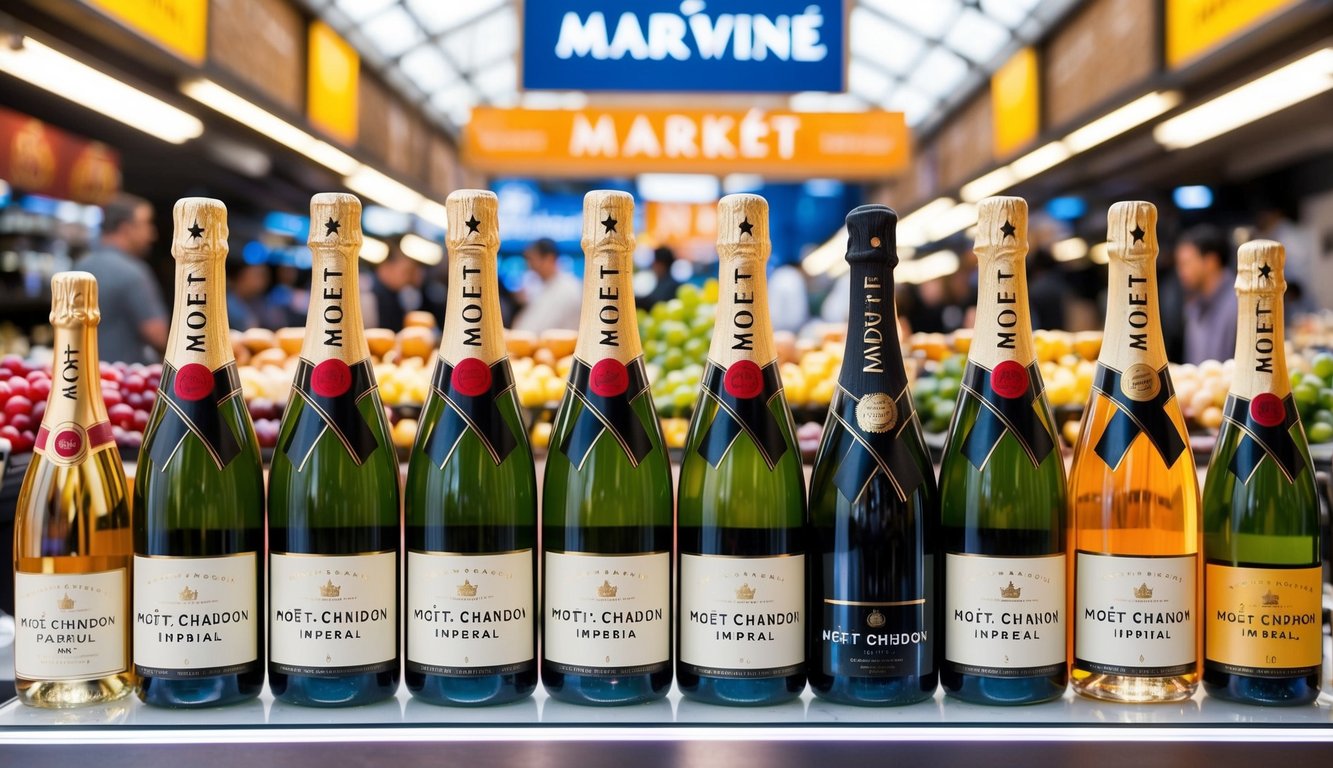
Moët & Chandon Imperial stands as a titan in the wine industry. This iconic champagne brand has secured its place as the most valuable wine brand in the world. Its brand value reached an impressive $1.4 billion in 2024.
You’ll find Moët & Chandon’s success rooted in its rich history and consistent quality. The brand’s ability to maintain tradition while adapting to modern tastes has kept it at the forefront of the luxury wine market.
Owned by LVMH, Moët & Chandon benefits from being part of a powerful luxury goods conglomerate. This association has helped boost its global reach and prestige.
The Imperial line represents the heart of Moët & Chandon’s offerings. It’s known for its crisp, bright flavor profile that appeals to a wide range of palates.
Market Trends
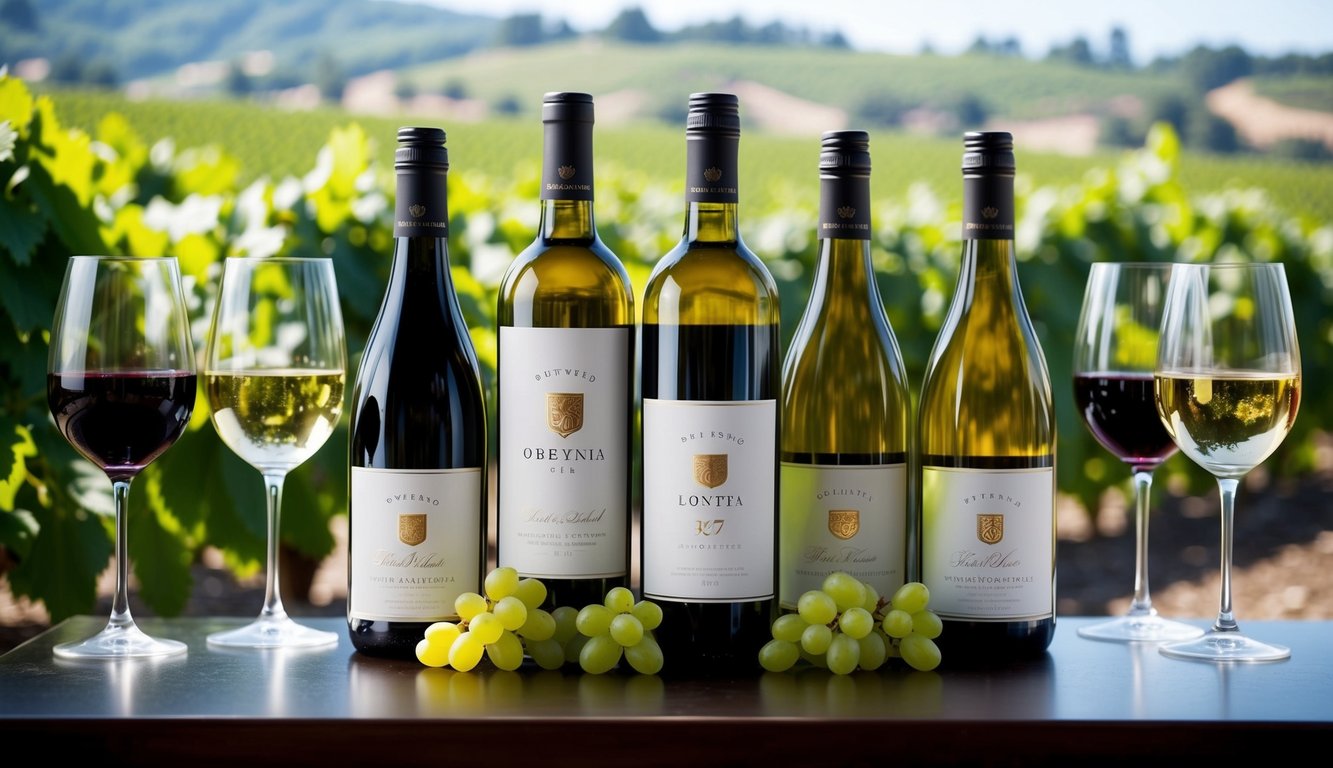
The wine industry is changing rapidly. New markets are opening up and production methods are evolving. These shifts are reshaping how wine is made and sold around the world.
Emerging Wine Markets
China has become a major player in the global wine market. The country’s middle class is growing, leading to higher wine consumption. Chinese consumers are developing a taste for both domestic and imported wines.
India is another promising market. While still small, wine drinking is becoming more popular among young urban professionals. Local wineries are expanding, and international brands are entering the market.
Brazil and Mexico are also seeing growth in wine consumption. These countries have a rising middle class with more disposable income. Wine is viewed as a sophisticated drink choice, driving sales.
Sustainable Wine Production
Organic wine is gaining popularity. More vineyards are using natural pest control and avoiding synthetic chemicals. This appeals to health-conscious consumers who want pesticide-free options.
Biodynamic farming takes sustainability further. It treats the vineyard as a complete ecosystem. Some top wineries now follow this holistic approach.
Water conservation is a key focus. Drip irrigation systems help vineyards use less water. Some wineries are experimenting with drought-resistant grape varieties.
Carbon footprint reduction is another trend. Wineries are using solar power and lightweight bottles. Some are even exploring electric tractors to cut emissions.
Consumer Preferences
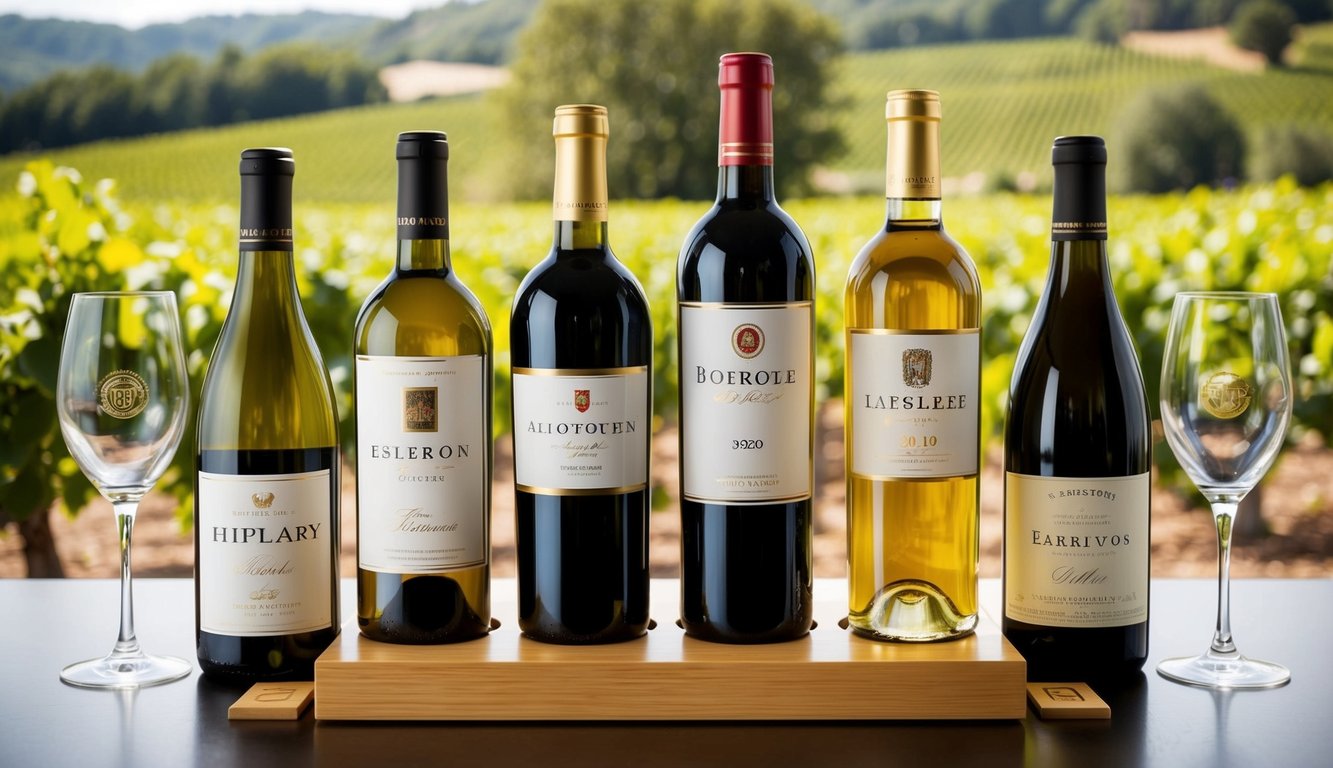
Wine drinkers have strong opinions about what they like. Taste and price are the top factors that shape buying choices.
Flavor Profiles
Wine lovers seek out different flavor profiles. Taste trumps price for many buyers. You’ll find reds, whites, and rosés with unique tastes:
- Reds: Bold flavors like blackberry and plum
- Whites: Crisp notes of citrus or apple
- Rosés: Light berry or floral hints
Some prefer dry wines, while others enjoy sweeter options. Oak-aged wines appeal to those who like woody notes. Younger drinkers often start with fruity, easy-drinking styles.
Price Range Preferences
Your budget plays a big role in wine choices. The market offers options at many price points:
- Under $10: Everyday table wines
- $10-$20: Popular brands, good quality
- $20-$50: Premium selections
- $50+: High-end and luxury wines
Less-engaged, price-sensitive buyers may stick to lower-priced options. Meanwhile, wine enthusiasts often splurge on pricier bottles for special events. Many shoppers look for the sweet spot of quality and value in the mid-range.
